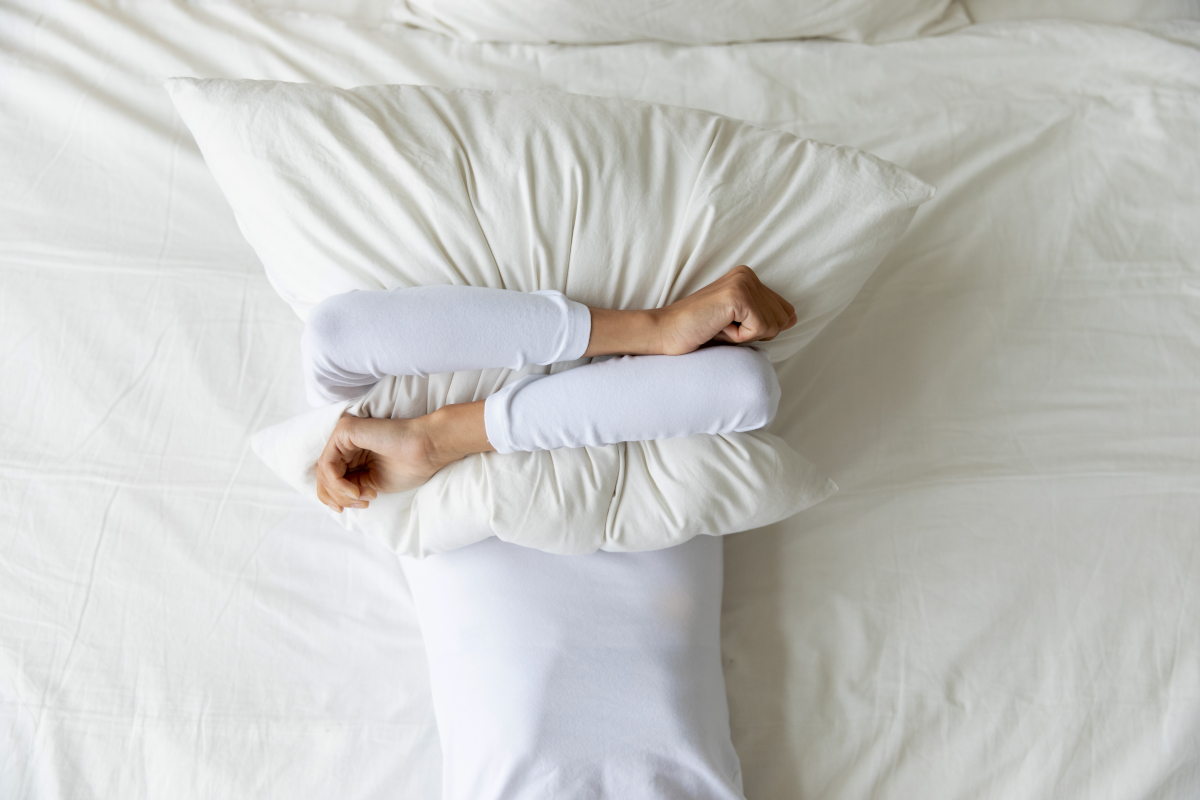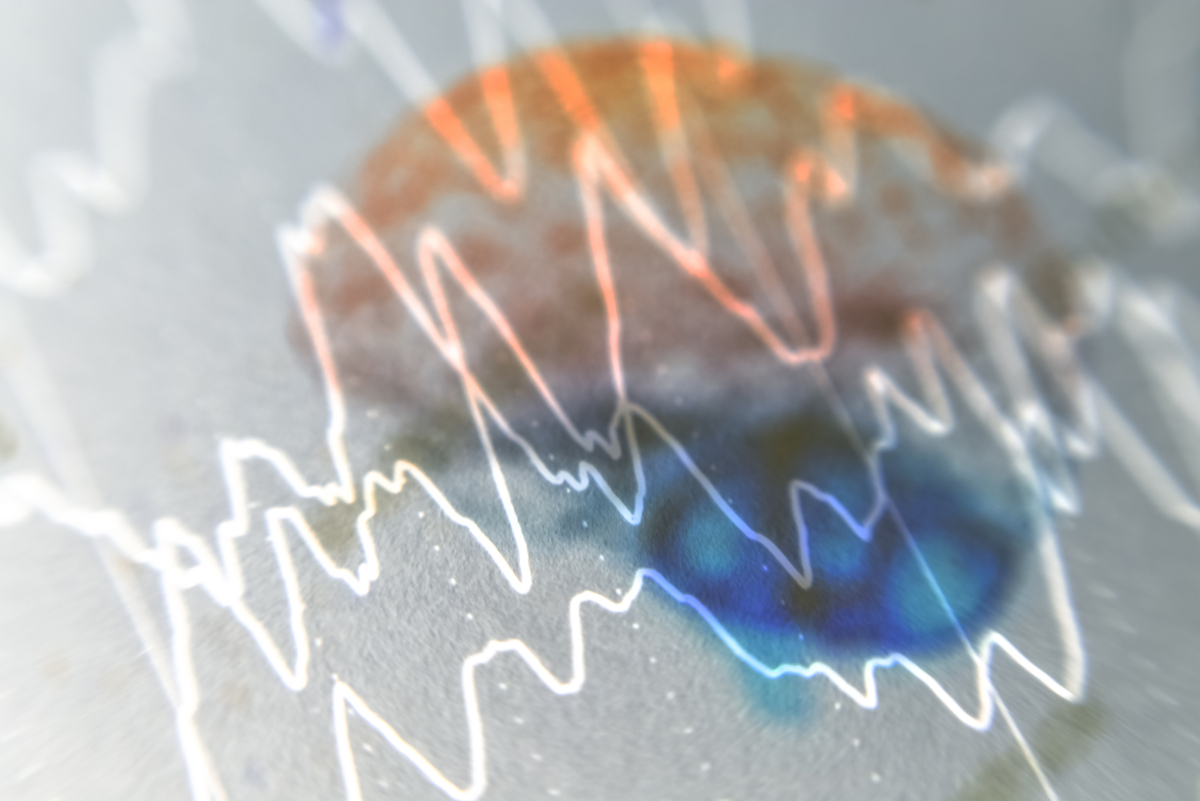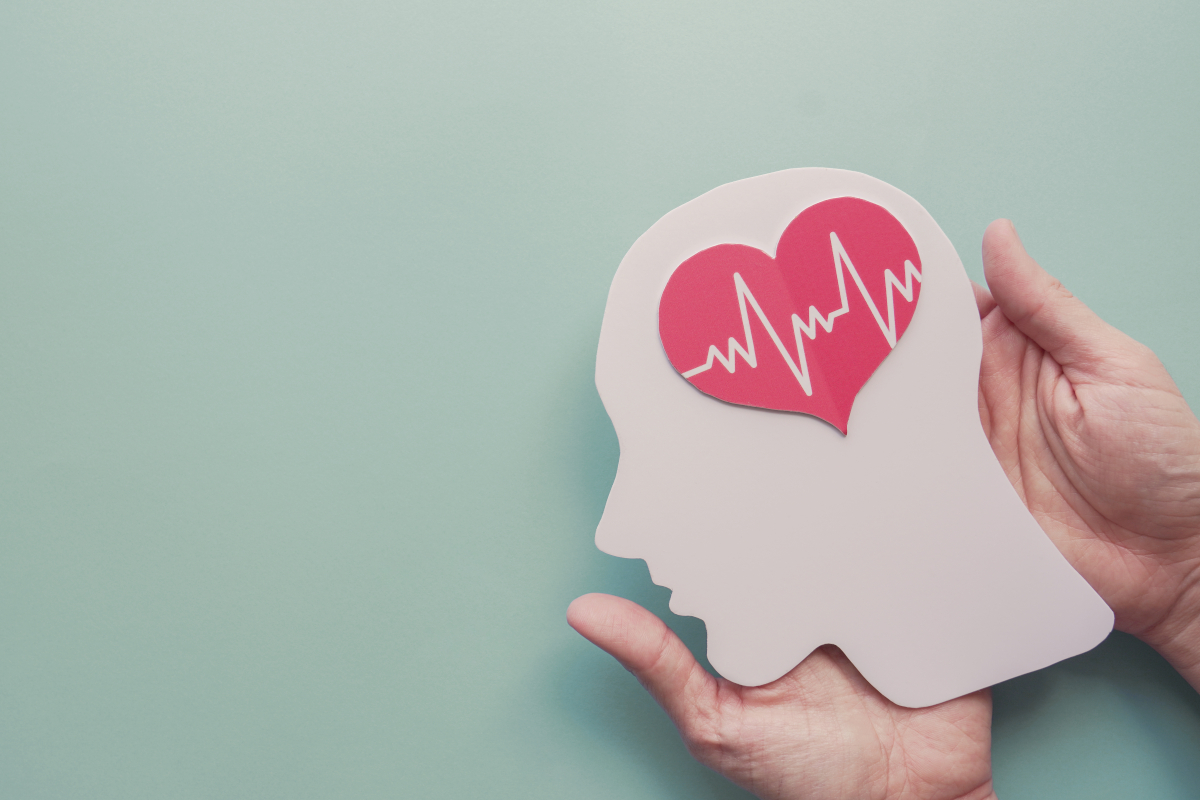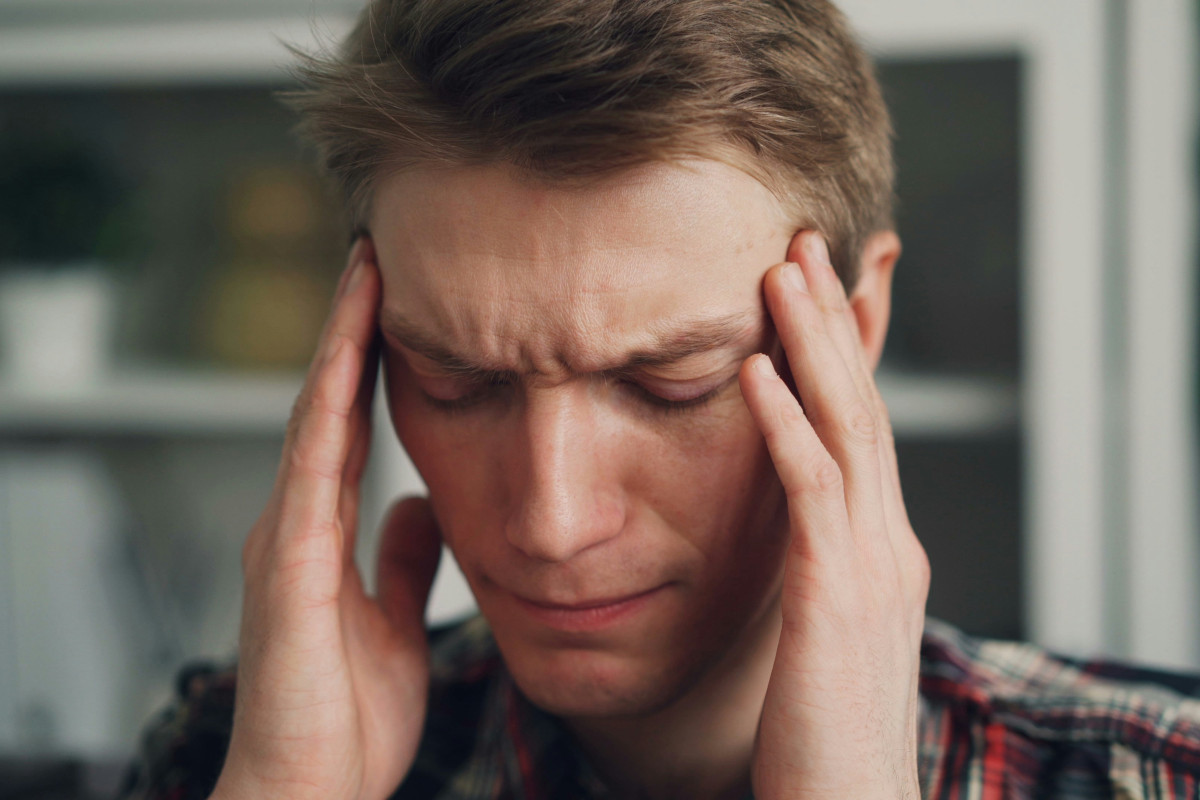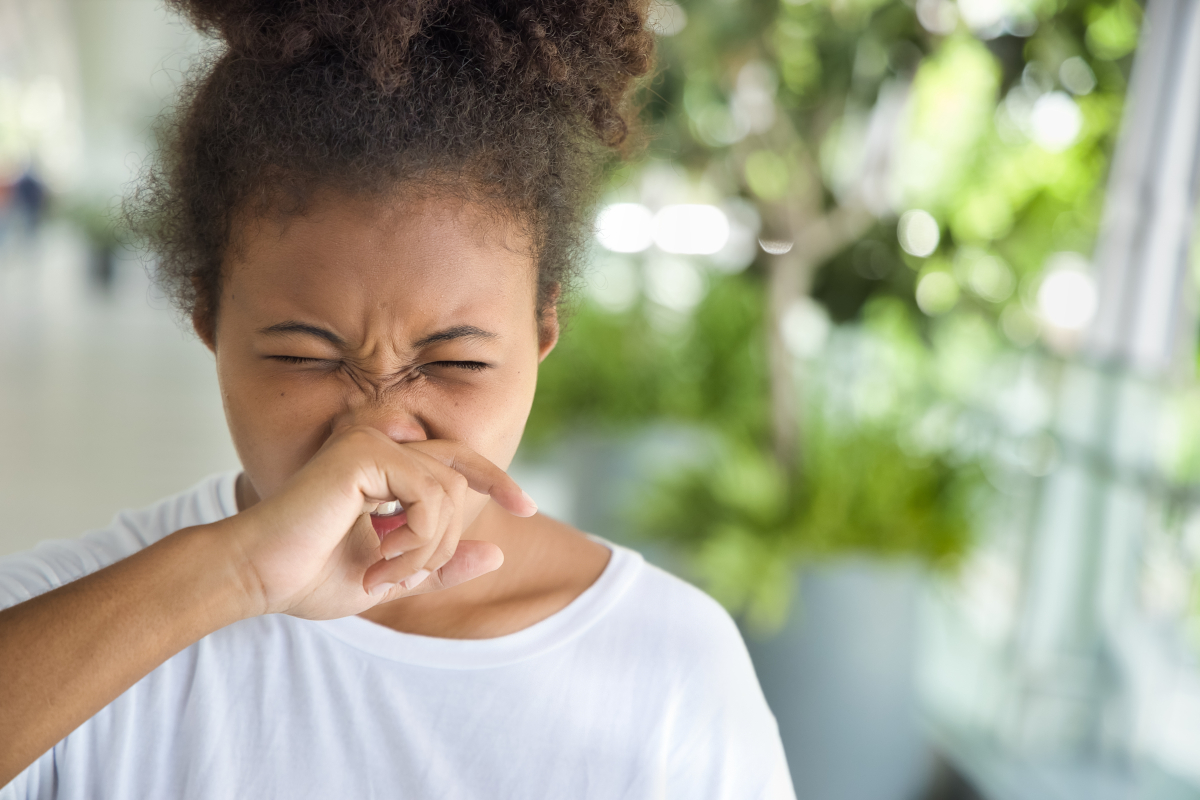Sleep and Headaches: New Insights from Research
People who struggle with headaches often report having poor sleep. Medical doctors and scientists alike recognize a strong link between sleep and headaches – but what is actually happening in the body that could explain this? Researchers are still busy exploring what’s going on. We present the latest findings.
-
References
Andrijauskis D, Ciauskaite J, Vaitkus A, Pajediene E. Primary Headaches and Sleep Disturbances: A Cause or a Consequence? J Oral Facial Pain Headache. 2020 Winter;34(1):61–66. doi: 10.11607/ofph.2405. Epub 2019 Aug 27. PMID: 31465033.
Awaki E, Takeshima T, Matsumori Y, Hirata K, Miyazaki N, Takemura R, Osaga S, Tanizawa Y, Komori M. Impact of Migraine on Daily Life: Results of the Observational survey of the Epidemiology, Treatment, and Care of Migraine (OVERCOME [Japan]) Study. Neurol Ther. 2024 Feb;13(1):165-182. doi: 10.1007/s40120-023-00569-3. Epub 2024 Jan 4. PMID: 38175489; PMCID: PMC10787723.
Bansod A, Meshram S, Ramteke S. A Study to Assess the Association Between Sleep and Migraine. Cureus. 2025 Mar 30;17(3):e81453. doi: 10.7759/cureus.81453. PMID: 40161428; PMCID: PMC11955155.
Chen YM, Wang JH, Liang CS, Lin YK, Yang FC. Clinical and psychological predictors of sleep quality in chronic migraine: a preliminary retrospective analysis study. BMC Neurol. 2025 Apr 11;25(1):156. doi: 10.1186/s12883-025-04165-w. PMID: 40217165; PMCID: PMC11987233.
Duan S, Ren Z, Xia H, Wang Z, Zheng T, Liu Z. Association between sleep quality, migraine and migraine burden. Front Neurol. 2022 Aug 26;13:955298. doi: 10.3389/fneur.2022.955298. PMID: 36090858; PMCID: PMC9459411.
Fernández-de-Las-Peñas C, Fernández-Muñoz JJ, Palacios-Ceña M, Parás-Bravo P, Cigarán-Méndez M, Navarro-Pardo E. Sleep disturbances in tension-type headache and migraine. Ther Adv Neurol Disord. 2017 Dec 6;11:1756285617745444. doi: 10.1177/1756285617745444. PMID: 29399051; PMCID: PMC5784553.
Iliff JJ, Wang M, Liao Y, Plogg BA, Peng W, Gundersen GA, Benveniste H, Vates GE, Deane R, Goldman SA, Nagelhus EA, Nedergaard M. A paravascular pathway facilitates CSF flow through the brain parenchyma and the clearance of interstitial solutes, including amyloid β. Sci Transl Med. 2012 Aug 15; 4(147): 147ra111. doi: 10.1126/scitranslmed.3003748.
Nedergaard M, Goldman SA. Glymphatic failure as a final common pathway to dementia. Science. 2020 Oct 2;370(6512):50-56. doi: 10.1126/science.abb8739. PMID: 33004510; PMCID: PMC8186542.
Suzuki K, Suzuki S, Haruyama Y, Funakoshi K, Fujita H, Sakuramoto H, Hamaguchi M, Kobashi G, Hirata K. Associations between the burdens of comorbid sleep problems, central sensitization, and headache-related disability in patients with migraine. Front Neurol. 2024 Feb 26;15:1373574. doi: 10.3389/fneur.2024.1373574. PMID: 38601337; PMCID: PMC11006273.
Tiseo C, Vacca A, Felbush A, Filimonova T, Gai A, Glazyrina T, Hubalek IA, Marchenko Y, Overeem LH, Piroso S, Tkachev A, Martelletti P, Sacco S; European Headache Federation School of Advanced Studies (EHF-SAS). Migraine and sleep disorders: a systematic review. J Headache Pain. 2020 Oct 27;21(1):126. doi: 10.1186/s10194-020-01192-5. PMID: 33109076; PMCID: PMC7590682.


